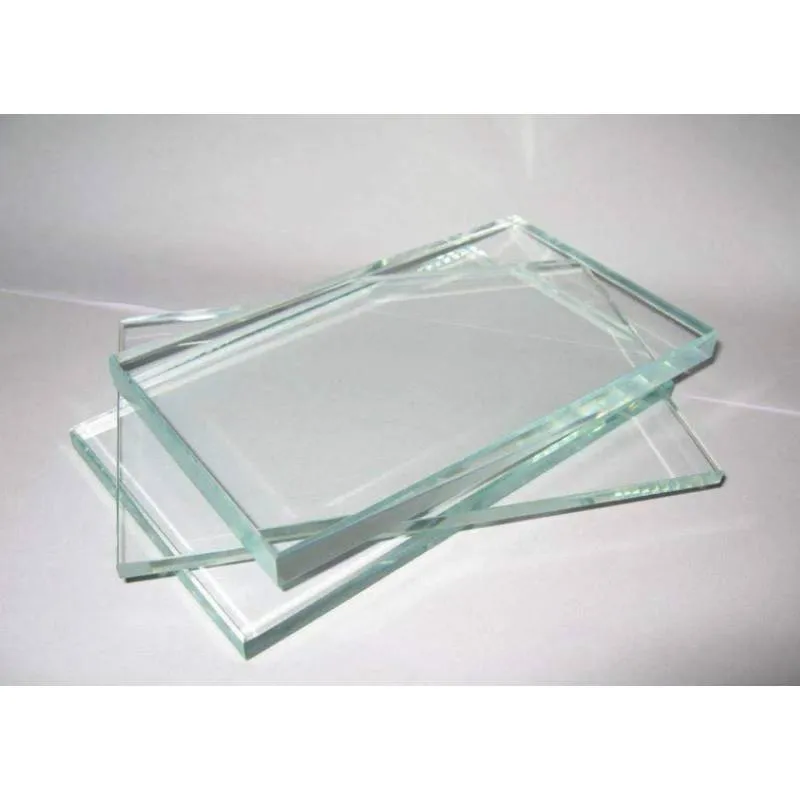The Allure of Textured Glass Patterns
Textured glass patterns have long captivated designers, architects, and homeowners alike, offering a unique blend of aesthetics and functionality. These intricate surfaces not only serve as beautiful elements in contemporary and traditional spaces but also provide practical benefits such as privacy and light diffusion. As we delve into the world of textured glass patterns, we explore their history, applications, and the artistry involved in their creation.
Historically, textured glass has roots that trace back to ancient civilizations. The earliest known use of glass dates to around 2000 BCE in Mesopotamia. Over time, artisans began experimenting with various techniques to manipulate glass, leading to the creation of distinctive textures. In medieval Europe, stained and patterned glass became a hallmark of cathedrals and public buildings, serving both functional and decorative purposes. Today, this rich tradition continues to thrive, with modern technology expanding the possibilities of design.
The versatility of textured glass patterns is one of their most appealing qualities. They can be found in a myriad of applications, ranging from residential interiors to commercial architecture. In homes, textured glass is often used in shower doors, cabinet fronts, and interior partitions, where it promotes privacy without completely obstructing light. It allows natural light to filter through, creating an inviting atmosphere while maintaining a sense of seclusion. In commercial spaces, like offices and retail environments, textured glass can be employed in partitions and facades, striking a balance between transparency and separation.
textured glass patterns
Moreover, textured glass patterns play a significant role in enhancing the aesthetic appeal of a space. The patterns can vary from subtle ripples to bold geometric designs, providing endless possibilities for personalization. Popular textures include frosted patterns, etched designs, and more elaborate motifs such as waves or leaves. Each pattern brings its own personality and can evoke different emotions. For instance, gentle waves might contribute to a serene ambiance, while sharp angles could create a dynamic, modern feel.
The craftsmanship behind creating textured glass is a remarkable blend of art and technology. Various techniques are used to achieve these unique looks, including sandblasting, acid etching, and rolling molten glass. Each method has its own characteristics and can produce distinct outcomes. Sandblasting, for instance, involves propelling abrasives at high speeds to create a frosted effect, while acid etching uses strong acids to achieve more intricate designs. Modern advancements, such as digital printing on glass, have further broadened the scope of what can be achieved, allowing for custom designs and patterns to be realized on a scale previously unimaginable.
Another advantage of textured glass patterns is their ability to enhance energy efficiency. Many contemporary glass manufacturers incorporate insulating properties into their products, which can help regulate indoor temperatures. Textured glass can also reflect and scatter sunlight, thereby reducing glare and improving comfort in bright spaces. This eco-conscious aspect adds another layer of appeal for those seeking sustainability in their building materials.
In conclusion, textured glass patterns represent a harmonious blend of artistry, functionality, and modern technology. Their historical roots and continued evolution underscore their enduring allure in both residential and commercial designs. Whether enhancing privacy, contributing to energy efficiency, or adding an aesthetic touch, textured glass patterns stand out as a dynamic choice for anyone looking to elevate their space. As designers continue to explore new possibilities within this medium, the future of textured glass promises even more innovative and exciting developments, making it a timeless element in architecture and design.
 Afrikaans
Afrikaans  Albanian
Albanian  Amharic
Amharic  Arabic
Arabic  Armenian
Armenian  Azerbaijani
Azerbaijani  Basque
Basque  Belarusian
Belarusian  Bengali
Bengali  Bosnian
Bosnian  Bulgarian
Bulgarian  Catalan
Catalan  Cebuano
Cebuano  Corsican
Corsican  Croatian
Croatian  Czech
Czech  Danish
Danish  Dutch
Dutch  English
English  Esperanto
Esperanto  Estonian
Estonian  Finnish
Finnish  French
French  Frisian
Frisian  Galician
Galician  Georgian
Georgian  German
German  Greek
Greek  Gujarati
Gujarati  Haitian Creole
Haitian Creole  hausa
hausa  hawaiian
hawaiian  Hebrew
Hebrew  Hindi
Hindi  Miao
Miao  Hungarian
Hungarian  Icelandic
Icelandic  igbo
igbo  Indonesian
Indonesian  irish
irish  Italian
Italian  Japanese
Japanese  Javanese
Javanese  Kannada
Kannada  kazakh
kazakh  Khmer
Khmer  Rwandese
Rwandese  Korean
Korean  Kurdish
Kurdish  Kyrgyz
Kyrgyz  Lao
Lao  Latin
Latin  Latvian
Latvian  Lithuanian
Lithuanian  Luxembourgish
Luxembourgish  Macedonian
Macedonian  Malgashi
Malgashi  Malay
Malay  Malayalam
Malayalam  Maltese
Maltese  Maori
Maori  Marathi
Marathi  Mongolian
Mongolian  Myanmar
Myanmar  Nepali
Nepali  Norwegian
Norwegian  Norwegian
Norwegian  Occitan
Occitan  Pashto
Pashto  Persian
Persian  Polish
Polish  Portuguese
Portuguese  Punjabi
Punjabi  Romanian
Romanian  Russian
Russian  Samoan
Samoan  Scottish Gaelic
Scottish Gaelic  Serbian
Serbian  Sesotho
Sesotho  Shona
Shona  Sindhi
Sindhi  Sinhala
Sinhala  Slovak
Slovak  Slovenian
Slovenian  Somali
Somali  Spanish
Spanish  Sundanese
Sundanese  Swahili
Swahili  Swedish
Swedish  Tagalog
Tagalog  Tajik
Tajik  Tamil
Tamil  Tatar
Tatar  Telugu
Telugu  Thai
Thai  Turkish
Turkish  Turkmen
Turkmen  Ukrainian
Ukrainian  Urdu
Urdu  Uighur
Uighur  Uzbek
Uzbek  Vietnamese
Vietnamese  Welsh
Welsh  Bantu
Bantu  Yiddish
Yiddish  Yoruba
Yoruba  Zulu
Zulu 

